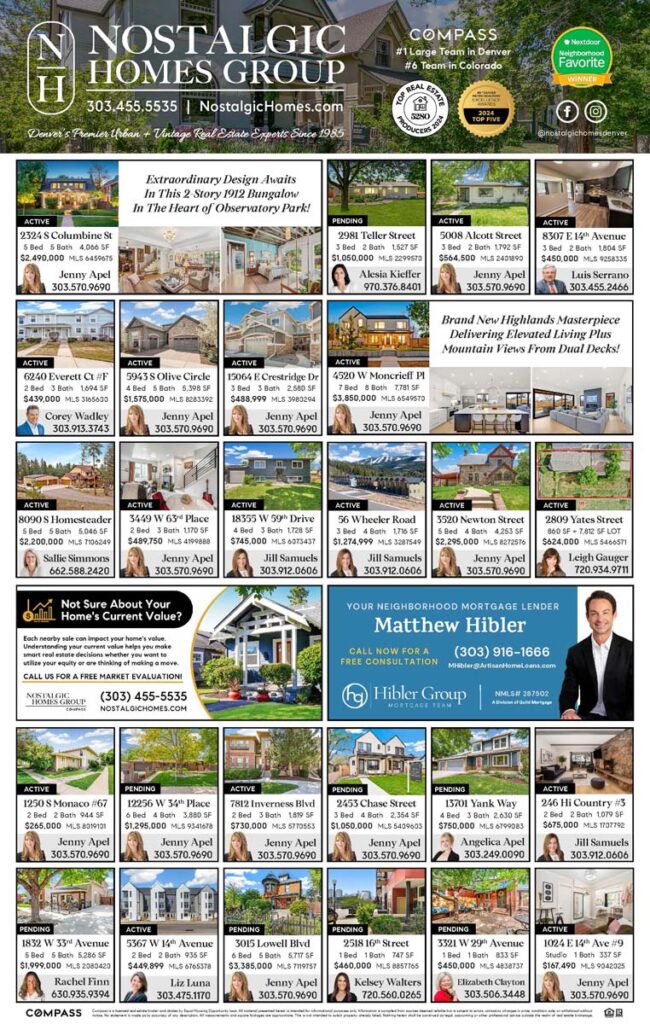Why is a 40-hour work week standard? It’s most commonly accepted that Henry Ford implemented it in his factories in 1926. Ford saw the value in an eight-hour workday. This could be because he was an altruistic businessman who saw the value in a work/life balance. Or, he could have been a profiteering capitalist who wanted his employees to have just enough down time to visit their local Ford dealerships, fall in love with the Model T’s, and spend their salary on a horseless carriage.
Since then, little has changed. Our professional lives pivot around the 8-to-5 standard. Sick leave, paid time off, bereavement… Why do we continue to use a 20th-century solution for a 21st-century problem? Grace Hopper said, “The most dangerous phrase in business is ‘because we’ve always done it this way.’”
When I worked in an office, I feared I wouldn’t be busy at the precise moment my boss walked by my cubicle. The perception of idleness would have my leadership thinking, “This employee isn’t worth the salary we pay him.” Even if I had nothing to keep me occupied, I developed the illusion that I was always “busy.” In my attempt to be perpetually absorbed by work, I lost sight of what really added value.
That is until I began working remotely. No longer could managers measure productivity by how many hours I sat in my seat, staring blankly into a screen. This is the old way of managing. The new way (at least for remote workers) involves an evolution on how we measure productivity, and how we manage staff and their performance.
In business school, professors taught us everything we needed to know about finance, accounting and marketing. They gave us tools to track/record profitability (and losses). But higher education failed to teach us how to generate profitability in the first place. Do we concentrate on cost-cutting measures or invest in future revenue? Do we add research/development employees or salesmen? And, what the hell do you do with a good idea?
I propose to you, the questions I wish I was asked: How do you measure innovation? How do you change something as traditional as the 40-hour workweek? No longer do we need the appearance of looking busy. The answers to these questions are the new way of managing, and tracking productivity. So, challenge the status quo. Throw out archaic traditions like the 40-hour workweek, or a standard 8-to-5 schedule. Redefine what it really means to be productive and fully embrace cutting-edge technology. Get creative, go crazy, and dream! Design a future for your business that stands on the shoulders of innovation, creative thinking, and moonshot ideas.
Going Solo is a new advice column by Michael Whalen, MBA, for entrepreneurs or corporate employees working remotely out of their homes.






